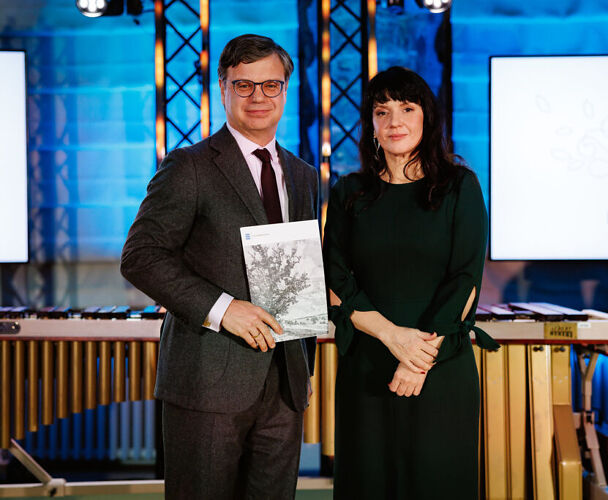We will start the overview of the transport and logistics sector in Lithuania by showing the key figures of carriage of goods performed by Lithuanian carriers. The amount of goods carried by all means of transport in Q1 and Q2 of 2019 was 35,025 billion tonne-kilometres – over 16% more than over the same period in 2018, when the amount was 30,175 billion tonne-kilometres.
Growth was fastest in the carriage of goods by road transport sector, as the total amount of goods carried by road in Q1 and Q2 of 2019 was 26.904 million tonne-kilometres, while in Q1 and Q2 of 2018 it was only 21.901 million tonne-kilometres. The growth rate in 2019 was around 23%. In our opinion 2019 was a golden year for the transport and logistics sector.
But what about the future? In our opinion, this industry has to cope with many problems, including challenges related to the growing employment costs, lack of qualified employees, new EU regulations that are likely to be adopted in 2020, and requirements related to the reduction of CO2 emissions.
As regards employment costs, in Q2 of 2019 the average monthly gross salary in the transport sector was EUR 1,110, whereas in in Q4 of 2018 it amounted to EUR 830. The increase in monthly salary is mainly related to the increase in the minimum salary in Lithuania, which was raised from EUR 400 to EUR 555 in 2019. The per diem allowance is not included in the average monthly salary; therefore, the actual earnings of drivers are higher than the statistics show. It must be noted that Lithuania’s monthly minimum wage is to increase to EUR 607 on January 1, 2020; consequently, employment costs will be even higher in 2020.
The growing transport and logistics sector is experiencing a shortage of qualified drivers and other workers. According to official statistics, the number of employees in the transport and storage sector in 2019 was around 140,000. In the transport sector a number of carriers from third countries, mostly from Ukraine and Belarus, were employed. According to data published by the State Social Insurance Fund Board, in 2019, Lithuanian carriers employed over 17,000 drivers from third countries. Therefore, in order to raise productivity and fill the gap of employees, companies should focus on effectiveness and innovation.
Another big challenge for the transport and logistics sector is the European Commission’s Mobility Package 1, which envisages new requirements for carriers and employment. One of the most controversial requirements would oblige a carrier’s vehicles to perform, in the framework of a transport contract, at least one loading or one unloading of goods every four weeks in the Member State of establishment. In our view, the new requirements, if adopted, would limit competition between Lithuanian carriers and carriers from other EU countries – and less competition is very likely to increase the costs of transport.
To facilitate their ability to comply with this requirement, carriers are establishing subsidiaries in other EU countries. This would have significant effect on the transport sector in Lithuania, because elements of transport businesses in the country would be transferred to Poland, Germany, or France. In our opinion, these new regulations would seriously affect small carriers with only a few trucks in the fleet.
How to overcome the challenges which lie ahead? In our view, carriers should think about how to increase their effectiveness and competitiveness. It means that employment costs will rise in the future and the development and implementation of new technologies in the fields of transport, logistics, and warehousing could be essential for the industry. In our opinion, investment in the development and implementation of autonomous and environment-friendly transport and warehousing systems could help propel further development of the market in Lithuania.
By Vaidas Mackonis, Partner, and Giedrius Abromavicius, Senior Associate, Cobalt





